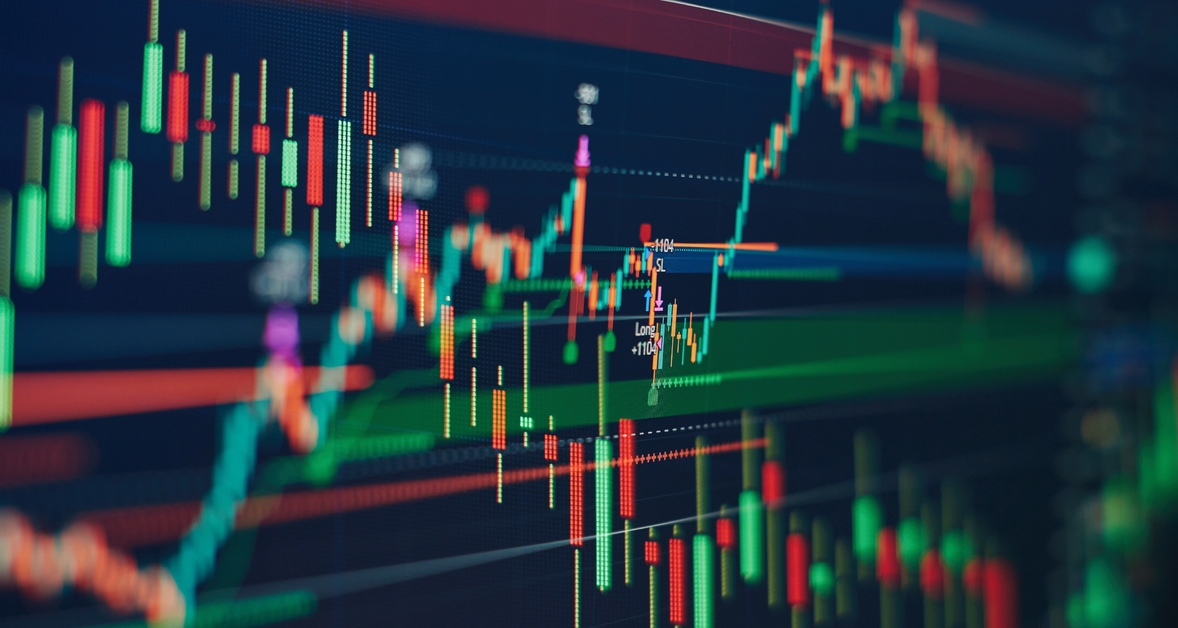The forex market, frequently known as Forex or FX, is the largest and most liquid economic market in the world. It involves the exchange of one currency for yet another and works internationally, 24 hours a day , five times a week. Whether you're a starter or looking to know how this massive market operates, it' ;s important to know its primary components and mechanics.

What is Forex Trading?
Forex trading is the process of purchasing and offering currencies with the purpose of creating a profit. Currencies are dealt in sets, such as for example EUR/USD (Euro/US Dollar), where one currency is sold for another. When you deal Forex, you're speculating on whether the value of one currency may rise or fall when compared with the other.
For example, if you imagine the Euro can strengthen against the US Money, you might buy the EUR/USD pair. If the Euro certainly rises, you will then promote the set at a higher value, thus making a profit.
How the Forex Industry Runs
The Forex industry is decentralized, meaning it has number key bodily site or exchange. As an alternative, it functions via a international system of banks, economic institutions, corporations, governments, and individual traders. This decentralized character allows the market to be start continuously from Wednesday night to Friday night.
The Forex industry is mostly split into three important trading periods: the Asian, Western, and North American sessions. These sessions overlap at different times throughout the time, primary to raised trading amounts and increased volatility, which can present more opportunities for traders.
Significant Currency Sets and Market Members
There are three main types of currency pairs: key, small, and exotic. Key couples involve the many traded currencies globally and always include the US Money, such as USD/JPY, GBP/USD, and AUD/USD. Slight pairs do not contain the US Buck but include other key currencies, like EUR/GBP or AUD/NZD. Spectacular pairs include one important currency and one currency from a smaller or emerging economy.
The key participants in the Forex industry include key banks, industrial banks, financial institutions, multinational corporations, and specific retail traders. Central banks play a significant role in influencing currency value by placing fascination rates and utilizing monetary policies. Retail traders accessibility the industry through brokers, applying platforms that provide real-time quotes and instruments for analysis.
Facets That Influence Forex Rates
Several facets can trigger changes in currency prices. These include financial signals such as for example interest costs, inflation, employment information, and GDP figures. Political stability and financial efficiency of a nation also play vital roles. For example, a country with solid economic growth and political stability probably will have a solid currency.
Industry belief, or how traders experience a currency' ;s prospects, can also travel price movements. News events, global crises, and geopolitical tensions can rapidly change emotion and cause unexpected adjustments in currency values.
Advantages and Risks of Forex Trading
Forex trading offers many advantages. The market's large liquidity indicates traders can enter and exit positions easily. It also enables for control, which can enhance both gains and losses. The availability of trading systems and the power to start with a somewhat low expense ensure it is available to many.
Nevertheless, Forex trading is not without risks. Cost volatility, control, and the impact of global events can result in significant losses. Appropriate risk management, continuing education, and a disciplined trading strategy are essential for long-term success.

Realization
Understanding the essentials of Forex and how the market runs is the first step toward learning to be a effective trader. With its substantial options and international achieve, the Forex market continues to entice people and institutions seeking to capitalize on currency fluctuations. However, success in this industry requires understanding, patience, and a solid strategy.
